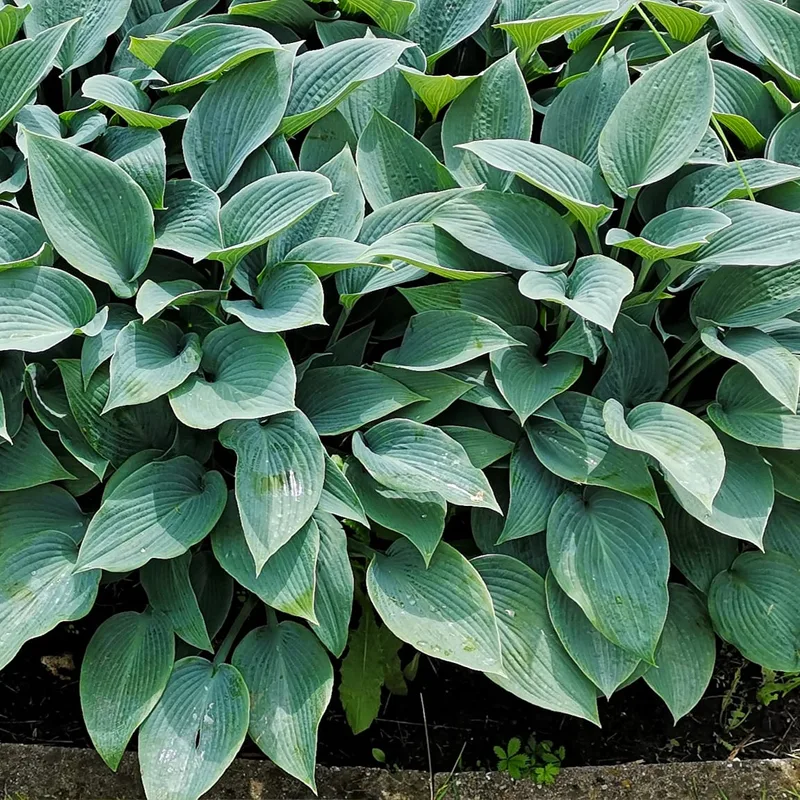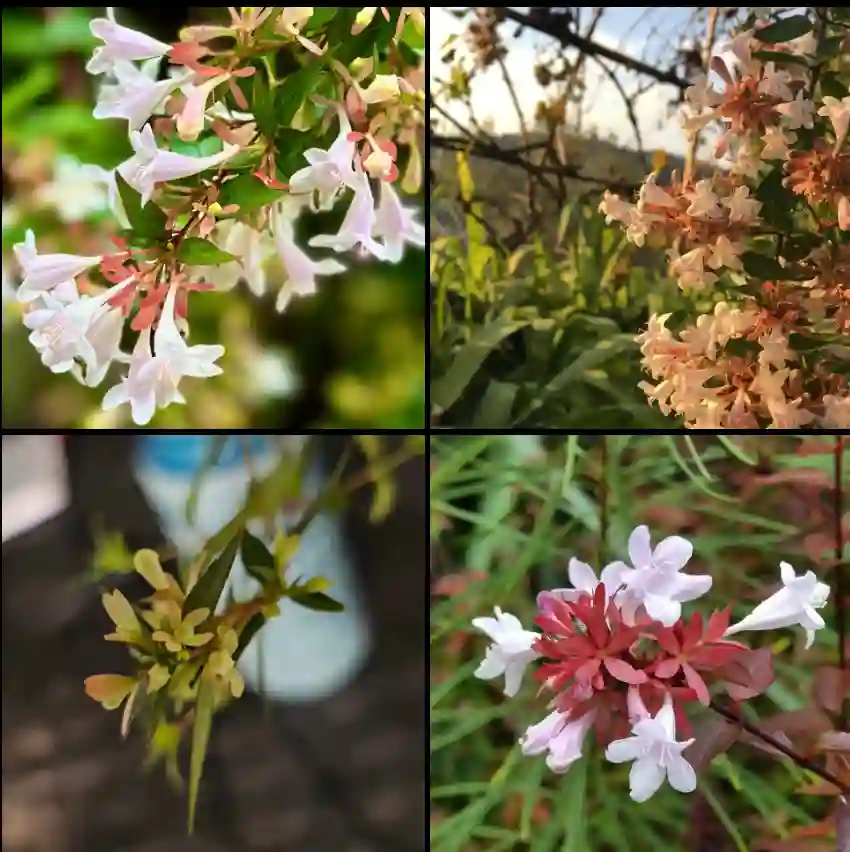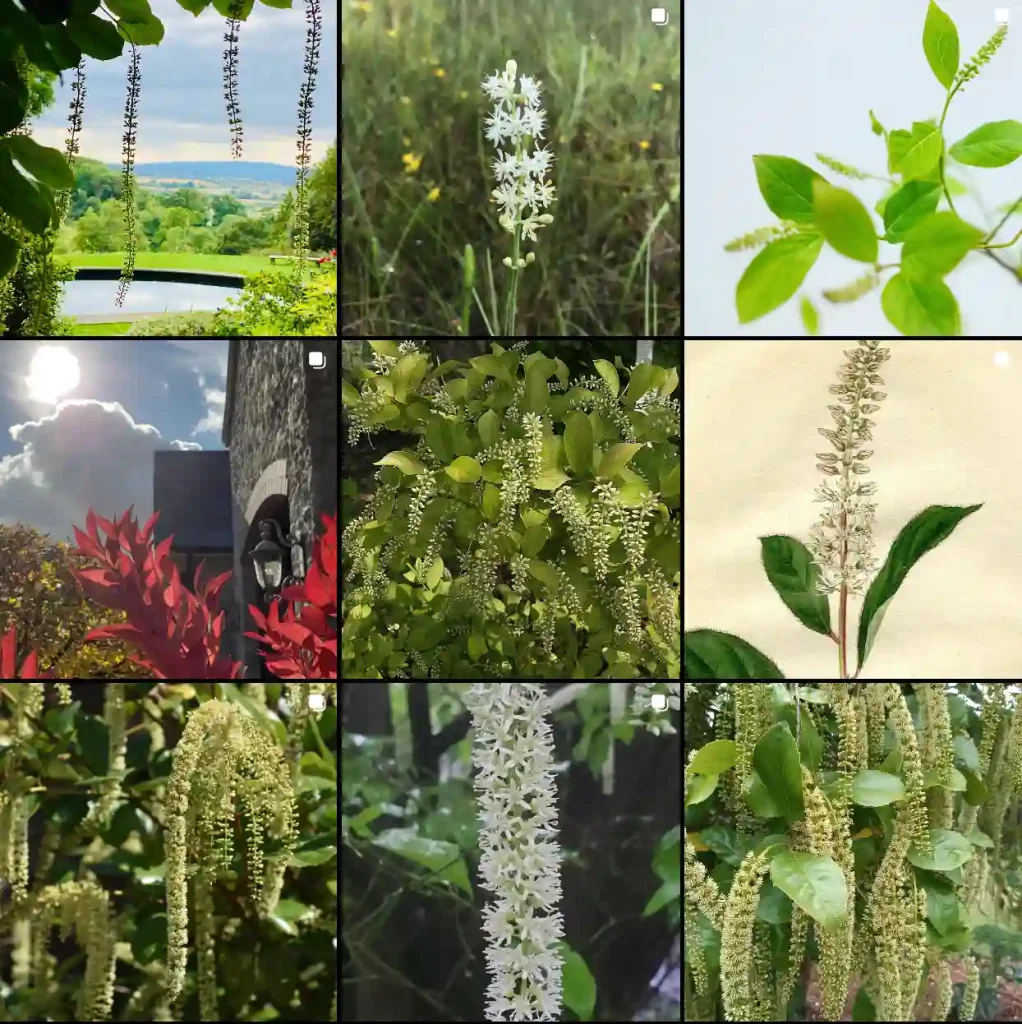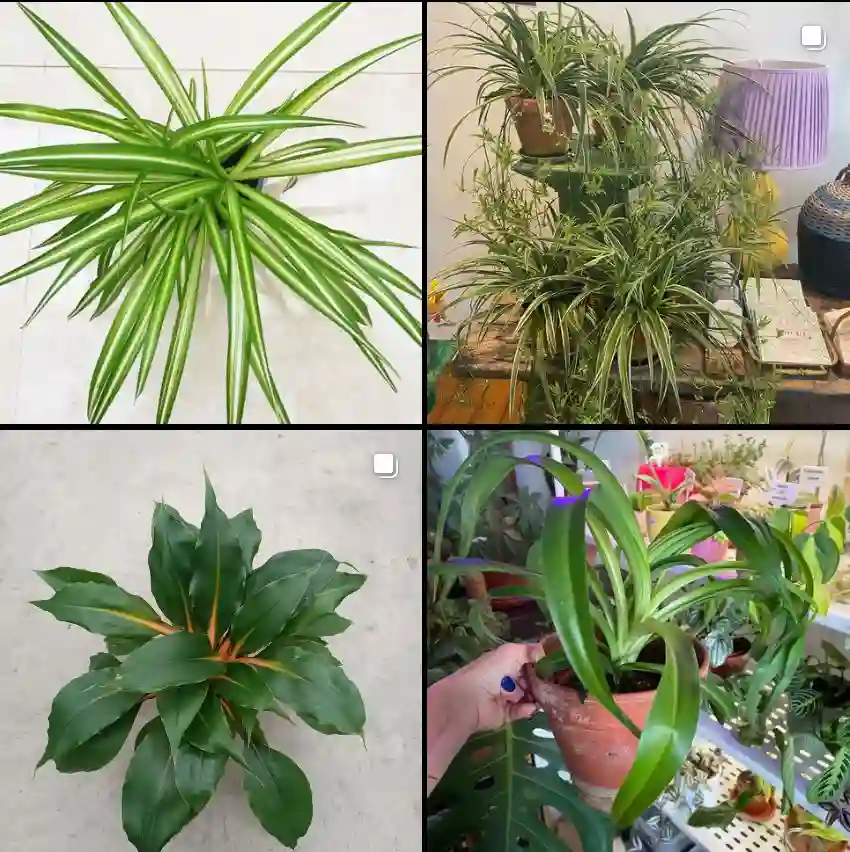Graptophyllum Pictum: The Quirky Chameleon of the Plant World
Hi, Ferb Vu here! Today, we’re diving into the fascinating world of Graptophyllum pictum, also known as the Caricature Plant. This tropical shrub is a stunner, boasting foliage that’s as eye-catching as it is unique.
But before we get lost in its vibrant tapestry, let’s answer some common questions you might have about this quirky character.
What Makes Graptophyllum Pictum Special?
The Foliage is the Star: Graptophyllum pictum’s claim to fame is undoubtedly its leaves. Imagine a canvas splashed with rich chocolate, creamy yellow, and sometimes even a hint of green. The variegation dances across the surface, often forming whimsical patterns that some say resemble human faces – hence the nickname “Caricature Plant.”
Adaptable to Most Lighting Conditions: Unlike some finicky houseplants, Graptophyllum pictum is surprisingly versatile. It thrives in full sun, showcasing its most vibrant colors. But don’t worry if your space is a bit shady. This plant can tolerate partial shade too, making it a great choice for areas with less direct sunlight.
Fast-Growing and Easy to Care For: Graptophyllum pictum is a fast grower, adding a touch of the tropics to your space in no time. Plus, it’s not fussy about care. Consistent watering, well-draining soil, and occasional feeding are all it needs to flourish.
Graptophyllum Pictum vs. Other Popular Plants
Similarities to Croton: If you’re a fan of Croton’s vibrant foliage, Graptophyllum pictum might be your new best friend. Both plants boast stunning variegated leaves in a range of colors. However, Graptophyllum pictum’s leaves tend to be larger and have a more whimsical, textured appearance.
More Shade-Tolerant Than Dieffenbachia: Dieffenbachia is another popular houseplant with beautiful foliage. However, it requires brighter light than Graptophyllum pictum. If your space is on the shady side, Graptophyllum pictum might be a better choice.
Less Demanding Than Fiddle Leaf Fig: The Fiddle Leaf Fig is a trendy houseplant, but it can be quite demanding. It needs consistent light, humidity, and watering. Graptophyllum pictum, on the other hand, is much more forgiving, making it a great option for beginner plant parents.
How to care for Graptophyllum Pictum?
Light: Full sun to partial shade. Aim for at least 4-6 hours of bright, indirect sunlight daily for optimal growth and vibrant colors.
Water: Water when the top inch of soil dries out. Avoid soggy soil, which can lead to root rot.
Soil: Use well-draining potting mix. A mixture of potting soil, perlite, and orchid bark can provide good drainage and aeration.
Fertilizer: Feed your Graptophyllum pictum a balanced liquid fertilizer during the growing season (spring and summer) once a month. Dilute the fertilizer according to the package instructions.
Pruning: Prune regularly to maintain a desired shape and encourage bushier growth. Pinch off leggy stems and remove any dead or diseased leaves.
Toxicity: Be aware that Graptophyllum pictum is mildly toxic to humans and pets if ingested. Keep it out of reach of children and curious animals.
Troubleshooting Common Problems
Leaf Dropping: The most common culprit for leaf drop is overwatering. Ensure the soil dries slightly between waterings. Additionally, check for signs of pests or diseases.
Pale Leaves: If your Graptophyllum pictum’s leaves are losing their vibrancy, it might not be getting enough light. Try moving it to a brighter location.
Leggy Growth: This can happen due to insufficient light. Prune leggy stems and provide your plant with more direct or indirect sunlight.
Pests and Diseases: Thankfully, Graptophyllum pictum is relatively pest and disease-resistant. However, keep an eye out for common houseplant pests like mealybugs and scale. You can treat them with insecticidal soap or neem oil.
Pro Tips for a Thriving Graptophyllum Pictum
Humidity Boost: While Graptophyllum pictum adapts well to average household humidity, it can benefit from a humidity boost, especially during dry winter months. Group it with other plants or use a pebble tray filled with water to create a more humid microclimate.
Temperature: This plant thrives in warm temperatures, ideally between 65-80°F (18-27°C). Avoid placing it near cold drafts or heat sources.
Repotting: As your Graptophyllum pictum grows, it will eventually need a larger pot. Repot it every 1-2 years into a container that’s 1-2 inches larger in diameter than the previous one.
Propagation: Want to share the love? Graptophyllum pictum can be easily propagated through stem cuttings. Take a healthy stem tip with a few leaves, dip it in rooting hormone (optional), and plant it in a pot with well-draining soil. Keep the soil moist and provide bright, indirect light. With a little patience, you’ll have a new Graptophyllum pictum in no time.
Showcasing Your Plant’s Beauty:
- Container Choice: Play with the pot’s color and texture to complement the foliage. A classic white pot lets the leaves take center stage, while a brightly colored pot can create a bolder statement.
- Grouping Plants: Pair your Graptophyllum pictum with plants that have contrasting foliage colors or textures for a visually interesting display. Consider ferns or plants with trailing foliage for a layered effect.
Bringing the Tropics Indoors with Graptophyllum Pictum
With its stunning foliage, adaptability, and easygoing nature, Graptophyllum pictum is a fantastic addition to any indoor space. Whether you have a sun-drenched room or a shady corner, this plant can add a touch of the tropics to your home. So, if you’re looking for a conversation starter that thrives with minimal fuss, Graptophyllum pictum might just be the perfect plant for you.
If i die, water my plants!



